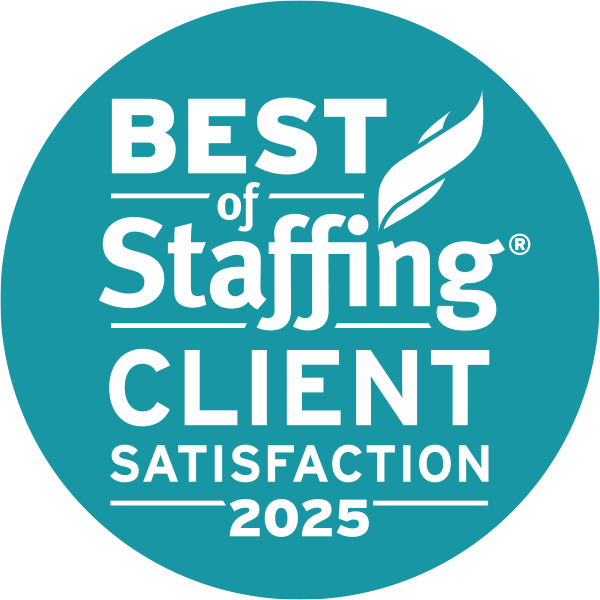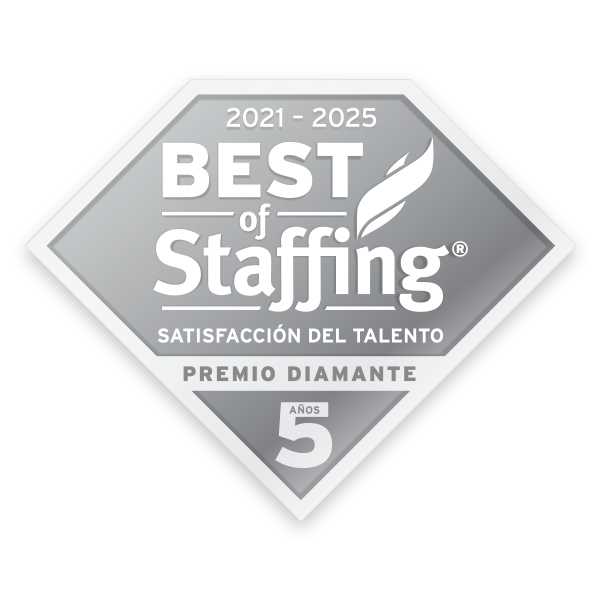
There are two paths to digital accessibility. One costs more and often doesn’t work as well. The other costs less and works best. This better path is the agile approach known as “shifting left.” It’s defined as the practice of considering digital accessibility and testing earlier in the process to address issues sooner. Done right, this doesn’t just fix accessibility barriers; it prevents them.
Unfortunately, most organizations choose the expensive, inefficient approach. Why? Some don’t understand that a better option exists. Others let the initial costs and perceived complexity prevent them from taking the better path. Many simply don’t know how to put ‘shifting left’ into action. The reality is that teams are increasingly learning about the value of this option, but few have embraced it to the fullest extent.
However, by considering digital accessibility early and often, you can elevate design and development work efficiently. Shifting left not only eliminates the time it takes to address issues later; it can make remediation 100 times less costly. The approach may not be simple to adopt, but adopting it is the best practice. Summarizing insights from our CPACC-certified team, this article outlines 5 essential tips for shifting left and prioritizing digital accessibility.
1. Gain Executive Buy-In & Build a Committee
Shifting left isn’t the job of one leader, contributor, or team; it’s the responsibility of many. And the directive needs to come from the top. Without executive buy-in, digital accessibility will remain an afterthought rather than an integral part of your design and development process. So, start by securing leadership support. Then, get key team members involved, build a committee if possible, and divide the work as necessary.
2. Turn Accessibility Experts into Embedded Advocates
You need dedicated experts and advocates to make digital accessibility a lasting priority. If you don’t have specialists within your organization, engage external ones or hire them to help set guidelines, learn best practices, and expand your capabilities. Don’t just lean on these experts for guidance; embed them within your cross-functional teams to ensure accessibility is considered at each stage of every project.
3. Create & Curate the Resources to Shift Left
Expecting teams to prioritize accessibility without the right resources is a losing battle. Equip your people with checklists, how-to guides, and success stories that illustrate best practices. Microsoft went so far as to publish an Inclusive Design webpage, including a range of principles, tools, and videos to help teams integrate accessibility into every stage of design. Curate or create one resource at a time, and make them available to make shifting left achievable.
4. Don’t Just Train Teams, Offer Continuous Training
Accessibility isn’t a one-time achievement; it’s an ongoing process. Digital landscapes, user needs, and accessibility standards evolve, and teams must evolve with them. That’s why a single training session won’t cut it. Instead, organizations should build accessibility education into their long-term strategy. Regular workshops, exercises and discussions keep teams engaged and ensure accessibility knowledge stays fresh. When training is continuous, accessibility becomes second nature.
5. Involve People with Disabilities Early & Often
Shifting left isn’t just about evaluating accessibility needs at the start of every project; it’s about considering them at every stage. Regular audits, usability testing, and feedback loops help catch barriers as they arise. So, don’t just test early, test often, and leverage the support of people with disabilities. Their feedback can reveal hidden challenges, inspire innovative solutions, and ensure accessibility efforts truly meet people’s needs. The sooner and more frequently you engage this group, the better you can serve them.
Final Thoughts
As you refine your design and development processes, remember that digital accessibility is more than a checklist; it’s a mindset. The key is to start early. By shifting left, you can save time, cut costs, and create better products and experiences for all users.
Secure executive buy-in, appoint accessibility champions, give your teams the resources they need, and invest in continuous training. Most importantly, involve people with disabilities as early and frequently as possible. They know disability inclusion best.
By following these tips, you can create a culture where accessibility is the expectation, not the exception. So, take action now: advance your digital accessibility goals, make inclusion a priority for your organization, and start shifting left. It isn’t just the smarter approach; it’s the right one.
Don’t just get accessible, stay accessible.
Onward Accessibility, a division of Onward Search, is the only provider to empower companies with both digital accessibility solutions and talent. From auditing websites to scaling programs, we can support you at every stage of your journey.
Connect with certified experts.
Fill out the following form, and we’ll be in touch within 24 hours to support you.







